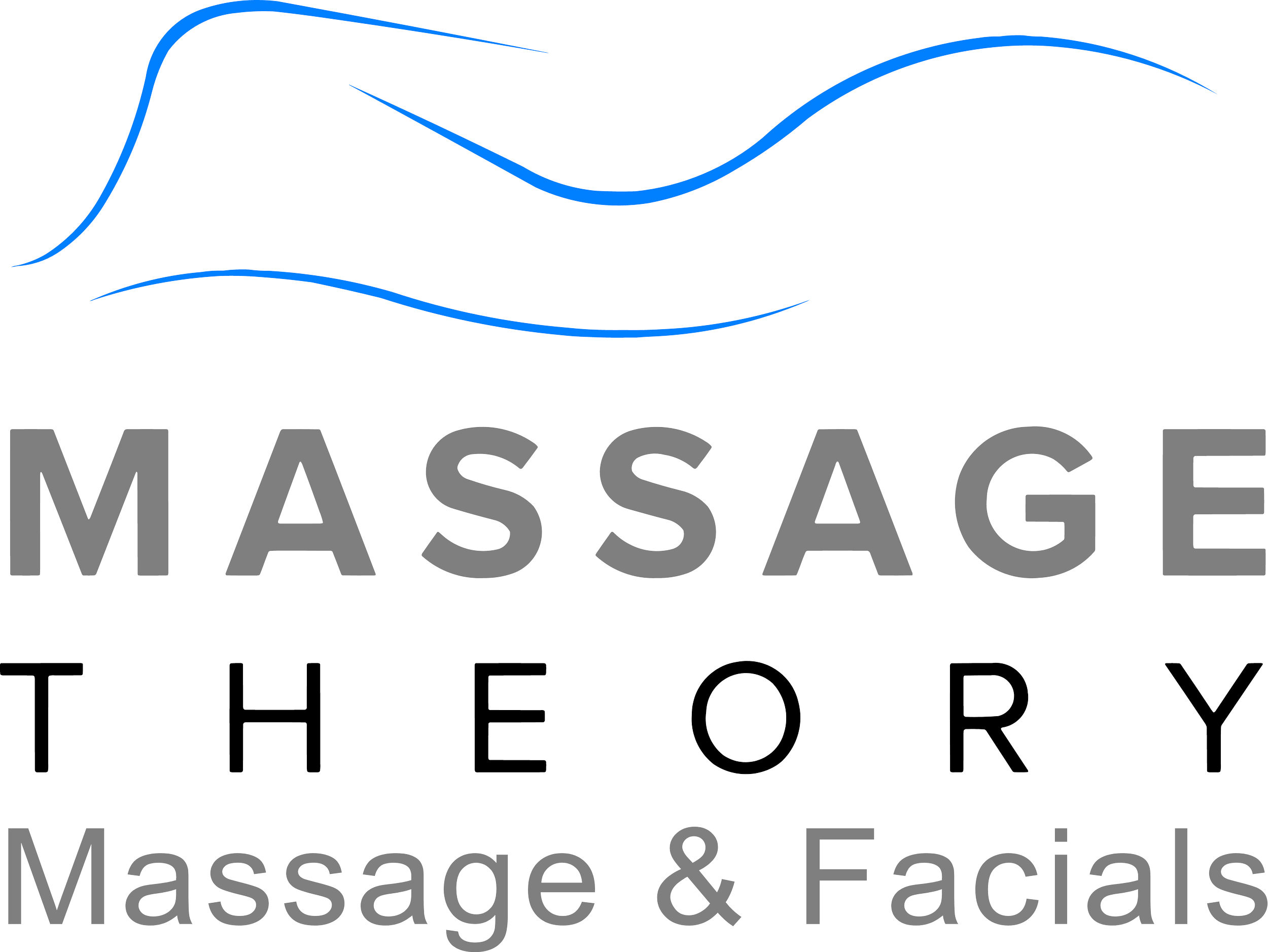Massage for Pain Relief: How Contrast Therapy Enhances Recovery and Reduces Discomfort
Massage is a well-known method for easing muscle pain, but many people overlook the benefits of combining massage with contrast therapy. This technique involves alternating between hot and cold applications, usually through water or compresses, to enhance the effects of massage and support pain relief. By using contrast therapy along with massage, you can reduce localized inflammation, promote quicker recovery, and increase circulation to sore areas.
You may notice that sore spots feel looser and more flexible after using contrast therapy, with the alternating temperatures helping to ease pain and relax tight muscles. The method works by causing blood vessels to dilate and constrict, which supports healing and may decrease muscle spasms.
If you're looking to manage pain more effectively and support your body's natural healing, understanding how contrast therapy works alongside massage can offer practical results. It’s a straightforward, accessible way to support your recovery while addressing common sources of discomfort.
How Contrast Therapy Works for Pain Relief
Contrast therapy uses cycles of hot and cold treatments to target pain, reduce inflammation, and support your body's healing process. By repeatedly switching between temperature extremes, you trigger specific reactions in your circulatory and lymphatic systems.
Principles of Contrast Therapy
Contrast therapy involves alternating between heat and cold applications, either through immersion, towels, or localized packs. The primary goal is to use contrasting temperatures to create controlled physiological stress. This triggers adaptive responses that can ease pain and speed up recovery.
The process is typically repeated in cycles, such as three minutes of heat followed by one minute of cold. You may start and finish with heat or cold, depending on your needs or therapist recommendations.
These alternating temperatures promote fluctuating blood flow in targeted areas. By doing so, you may experience reduced stiffness, better waste removal, and faster healing. Conditions such as muscle soreness, joint pain, and swelling often respond well to these cycles.
The Science Behind Thermal Transitions
Hot and cold therapy works by harnessing the effects of temperature extremes on your body's tissues. Heat leads to relaxation of muscle fibers, boosts local blood flow, and can help your body flush out metabolic waste. Cold causes the opposite: it slows cellular processes and numbs the sensation of pain.
Switching rapidly between hot and cold maximizes the benefits of both. When heat expands blood vessels and cold contracts them, your tissues experience a “pumping effect.” This enhances circulation and supports lymphatic drainage, helping to detoxify tissues and control inflammation.
Clinical research points to temporary reductions in pain and swelling when you use these transitions. This makes hot and cold treatments popular for both injury recovery and long-term wellness.
Vasodilation and Vasoconstriction Responses
Vasodilation is the widening of blood vessels, mostly triggered by heat. This allows more blood, oxygen, and healing nutrients to reach damaged or sore areas, supporting the healing process. You may also notice decreased muscle tension and easier movement after vasodilation occurs.
In contrast, vasoconstriction happens during cold exposure. Here, your blood vessels narrow, which helps limit swelling and slows the inflammatory response. This numbing effect is useful for acute injuries and chronic pain alike.
By cycling between vasodilation and vasoconstriction, contrast therapy stimulates overall blood flow and the movement of lymph. This process helps remove excess fluid and inflammatory byproducts from the affected area, promoting efficient tissue repair without overwhelming your body.
Practical Applications of Massage and Contrast Therapy
Massage and contrast therapy are used together to target pain, speed up muscle recovery, and support your body's natural healing processes. Strategic use of heat and cold alongside hands-on techniques helps improve circulation, reduce inflammation, and manage discomfort.
Techniques and Tools for Contrast Therapy in Massage
Contrast therapy uses alternating heat and cold to stimulate circulation, reduce swelling, and assist with lymphatic drainage. You may use heating pads, hot towels, or a hot bath for the warming phase. For cooling, ice packs, cold plunges, or even portable ice baths are common.
Your massage therapist can integrate these tools during or after a massage session. For localized contrast therapy, heated stones or moist heat packs may be applied, followed by brief periods with cold compresses on the same area.
Alternating between hot and cold typically lasts for a few cycles, with each interval lasting 1-5 minutes. The therapist adjusts timing and temperature based on your comfort, health status, and treatment goals.
Benefits for Muscle Recovery and Soreness
Contrast therapy helps decrease muscle soreness after intense exercise or daily strain. By rapidly changing temperatures, blood flow is increased and metabolic waste, such as lactic acid, is flushed from the tissues.
You may experience faster muscle recovery, less swelling, and reduced delayed onset muscle soreness (DOMS). For athletes or those with physically demanding routines, this can shorten your recovery window and mitigate muscle fatigue.
Applying both heat and cold can lessen joint pain, stiffness, and discomfort associated with conditions like arthritis or tendonitis. This method supports flexibility and aids in regaining a full range of motion during rehabilitation or after injury.
Integrating Contrast Therapy into a Wellness Routine
You can incorporate contrast therapy into your routine at home or with professional support. Simple options include alternating a hot shower with a cold rinse, using heating pads followed by ice packs, or visiting a sauna and cold plunge facility.
Consistency is important for the best results. Regular sessions—whether twice weekly or after strenuous workouts—help promote relaxation, support lymphatic drainage, and improve your overall wellness.
Combine contrast therapy with massage, hydration, stretching, and proper nutrition. This holistic approach addresses both your physical and mental well-being, encouraging sustained cardiovascular health, immune system support, and rejuvenation.
